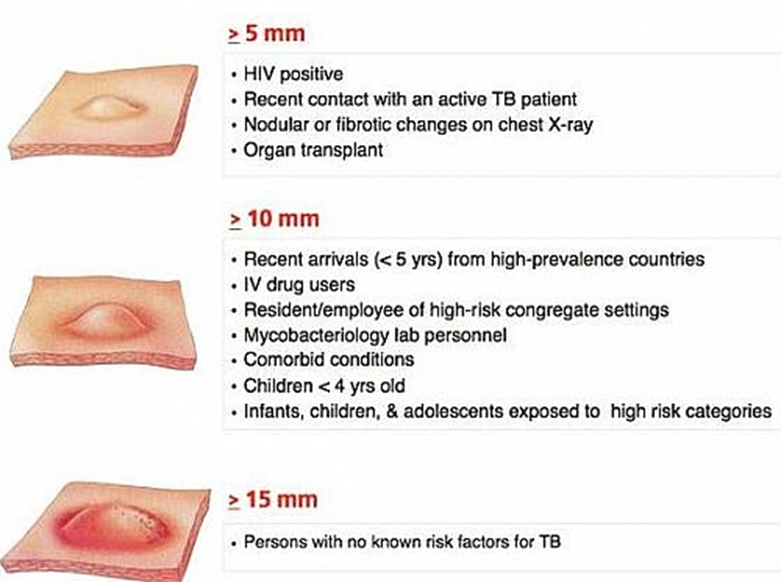A nurse is contributing to the care plan of an older adult client who has pneumonia. Which of the following interventions should the nurse include in the plan?
Encourage fluid intake of 2.5 L per day.
Assist the client to cough and deep breathe every 4 hr.
Encourage independence in completing ADLs.
Use an N-95 respirator when providing client care.
The Correct Answer is A
A. Encourage fluid intake of 2.5 L per day.
This is an appropriate intervention for a client with pneumonia. Increasing fluid intake helps to thin respiratory secretions, making them easier to cough up and clear from the airways. Adequate hydration also supports overall health and immune function. However, the nurse should consider the client's individual fluid tolerance and any comorbid conditions such as heart failure that may necessitate fluid restriction.
B. Assist the client to cough and deep breathe every 4 hr.
This intervention is also appropriate for a client with pneumonia. Coughing and deep breathing exercises help to mobilize and clear respiratory secretions, preventing complications such as atelectasis and pneumonia. However, the frequency of coughing and deep breathing may need to be tailored to the client's tolerance and respiratory status.
C. Encourage independence in completing ADLs.
While promoting independence in activities of daily living (ADLs) is generally beneficial for older adult clients, in the context of pneumonia, the priority is to ensure adequate rest and conserve energy for recovery. Depending on the severity of the illness, the client may experience fatigue and dyspnea, making it challenging to perform ADLs independently. The nurse should assess the client's functional status and provide assistance as needed while promoting independence to the extent possible.
D. Use an N-95 respirator when providing client care.
This intervention is not directly relevant to the care plan for a client with pneumonia. N-95 respirators are primarily used for respiratory protection against airborne infectious agents such as tuberculosis or certain viral infections like COVID-19. While standard precautions should be followed when caring for a client with pneumonia to prevent the spread of infection, including hand hygiene and appropriate use of personal protective equipment (PPE), an N-95 respirator is not typically indicated unless the client has a specific respiratory pathogen requiring airborne precautions.
Nursing Test Bank
Naxlex Comprehensive Predictor Exams
Related Questions
Correct Answer is A
Explanation
A. 1 day after injection with a 10-mm area of redness and swelling:
This may suggest a positive reading, but induration size is the primary criterion for interpretation, not just redness and swelling.
B. 2 days after injection with a 5-mm area of redness and swelling:
Similar to option A, a 5-mm area of redness and swelling alone does not definitively indicate a positive TB skin test. Again, without information on the size of the induration, we cannot determine if this reading is positive.
C. 4 days after injection with a 3-mm area of redness and swelling:
Once more, a 3-mm area of redness and swelling alone does not definitively indicate a positive TB skin test. As with the previous options, the size of the induration is the critical factor for interpretation.
D. 5 days after injection with a 2-mm area of redness and swelling:
As with the other options, a 2-mm area of redness and swelling alone does not definitively indicate a positive TB skin test. The presence and size of induration are essential for accurate interpretation.

Correct Answer is B
Explanation
A. Prepare the client for endotracheal suctioning.
Endotracheal suctioning is a procedure used to clear secretions from the airway, which may be necessary in cases of respiratory distress. However, it is not the first action to take in this scenario. Before proceeding with suctioning, the nurse should first assess the client's respiratory status and implement interventions to improve ventilation and oxygenation.
B. Elevate the head of the bed.
This is the correct action to take first. Elevating the head of the bed helps improve the client's respiratory mechanics by allowing better lung expansion and reducing the work of breathing. It also helps alleviate symptoms of respiratory distress. This intervention should be implemented immediately to optimize the client's breathing.
C. Request a chest x-ray.
While a chest x-ray may provide valuable information about the client's respiratory status, it is not the first action to take in this acute situation. Chest x-rays require time to be performed and interpreted, which may delay necessary interventions to address the client's immediate respiratory distress.
D. Obtain a sputum culture.
Obtaining a sputum culture may be indicated to identify the underlying cause of respiratory distress, such as infection. However, it is not the first action to take when the client is experiencing acute respiratory distress. The priority is to implement interventions to improve ventilation and oxygenation to stabilize the client's condition.
Whether you are a student looking to ace your exams or a practicing nurse seeking to enhance your expertise , our nursing education contents will empower you with the confidence and competence to make a difference in the lives of patients and become a respected leader in the healthcare field.
Visit Naxlex, invest in your future and unlock endless possibilities with our unparalleled nursing education contents today
Report Wrong Answer on the Current Question
Do you disagree with the answer? If yes, what is your expected answer? Explain.
Kindly be descriptive with the issue you are facing.
